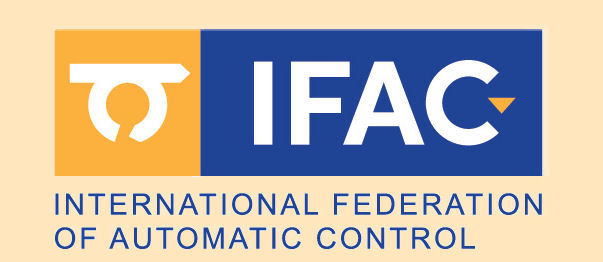| Paper WeBT2.4
Ferhat, Malak (Université Paris-Est Créteil - UPEC), Bey, Oussama (Université Paris-Est Créteil - UPEC), Pasini, Kevin (IRT-SystemX), Oukhellou, Latifa (Université Gustave Eiffel), Mohammed, Samer (Université Paris-Est Créteil - UPEC)
Real-Time Comparative Study of AI-Driven Locomotion Detection for the Control of an Actuated Ankle-Foot Orthosis
Scheduled for presentation during the Regular Session "AI-based Robot Control II" (WeBT2), Wednesday, July 16, 2025,
15:00−15:20, Room 106
Joint 10th IFAC Symposium on Mechatronic Systems and 14th Symposium on Robotics, July 15-18, 2025, Paris, France
This information is tentative and subject to change. Compiled on July 16, 2025
|
|
| Keywords Rehabilitation robotics
Abstract
This study presents a comparative analysis of three AI models for real-time human intention detection in the presence of assistive torque during the swing phase. The models were designed to classify five gait modes, including level walking, stair ascent, stair descent, ramp ascent, and ramp descent. The evaluated models include K-Nearest Neighbors (KNN), Random Forest, and Gated Recurrent Unit (GRU), all trained on kinematic features extracted from raw IMU data collected from eight healthy participants. Real-time validation was conducted with an unseen subject. Among the three models, GRU demonstrated the highest accuracy, achieving 96% in real-time conditions. The Random Forest model also exhibited strong performance, reaching an accuracy of 94%, while KNN showed a significant decline in accuracy. Additionally, an assistive torque based on trajectory tracking was applied during the swing phase for each detected gait mode. A proportional-integral-derivative (PID) controller was implemented to refine the tracking process, resulting in a 45% reduction in root mean square error across all gait modes.
|
|


 This site is protected by copyright and trademark laws under US and International law.
This site is protected by copyright and trademark laws under US and International law.